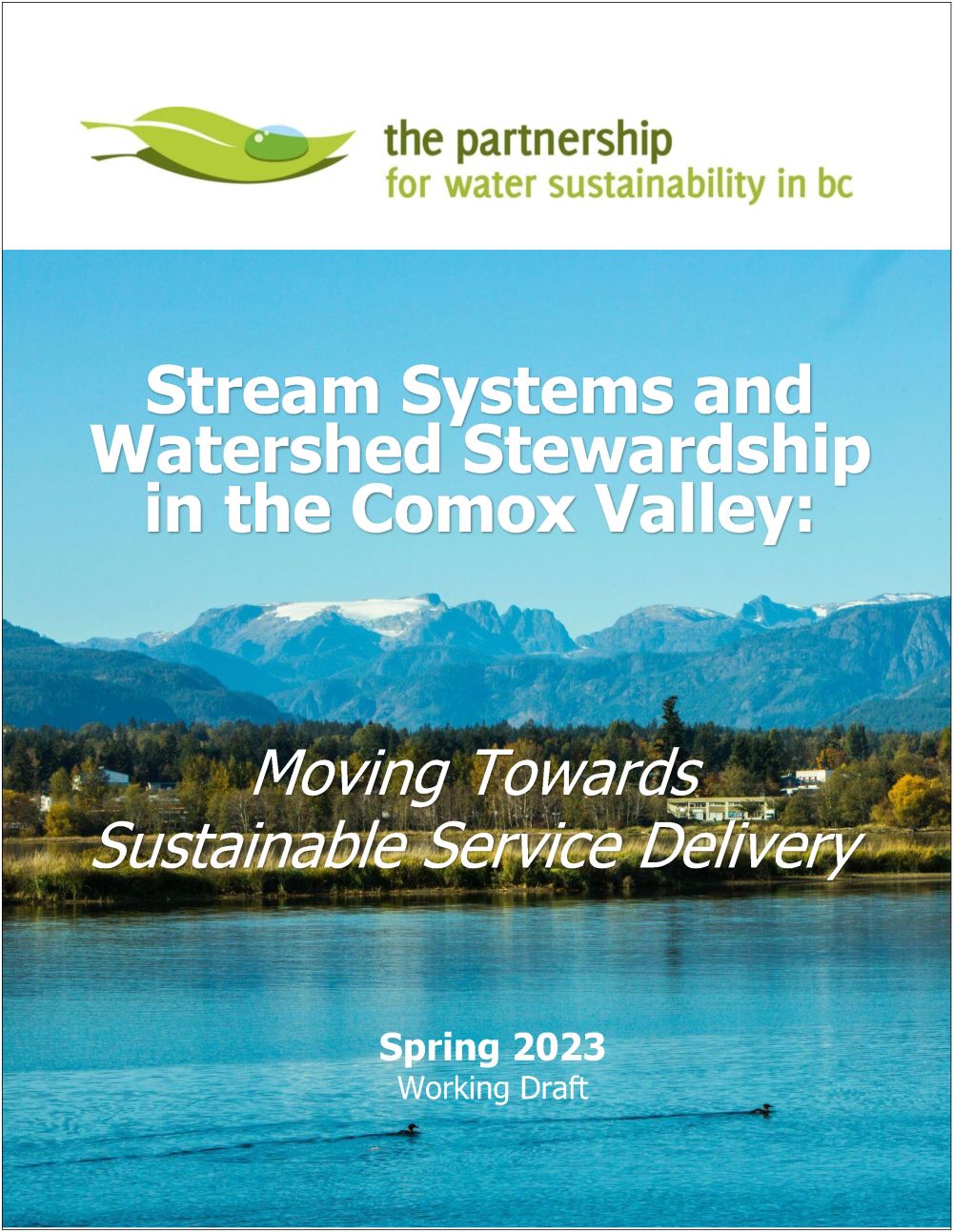EXPERIMENT IN COLLABORATION: Comox Valley was an early adopter when the region embraced the vision for Sustainable Service Delivery for infrastructure asset management

Note to Reader:
Waterbucket eNews celebrates the leadership of individuals and organizations who are guided by the Living Water Smart vision. Storylines accommodate a range of reader attention spans. Read the headline and move on, or take the time to delve deeper – it is your choice! Downloadable versions are available at Living Water Smart in British Columbia: The Series.
The edition published on May 30, 2023 featured the story behind the story of the “experiment in collaboration” involving the four local governments in the Comox Valley over the past two decades. The Partnership’s hope is that having this record of their oral history will serve to inform and inspire future generations of local government staffs.
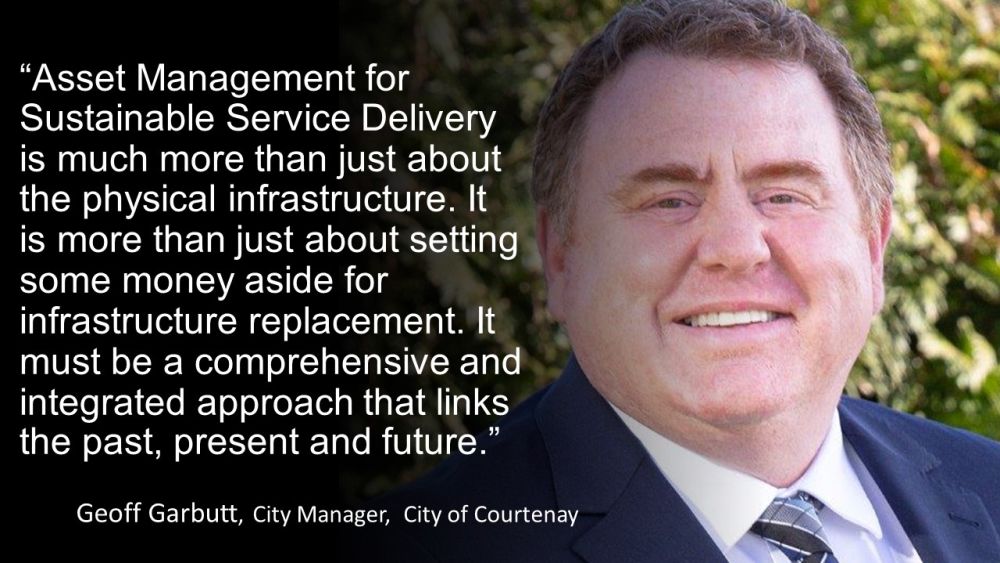
Comox Valley is an experiment in collaboration
Everyone learns through stories, and this is how the Partnership hopes to inspire readers. With this edition, the Partnership is releasing the second in a series of comprehensive “stories behind the stories” of inter-regional collaboration among local governments along the east coast of Vancouver Island and in the Lower Mainland region of British Columbia.
The second in the series features the four Comox Valley local governments. The Partnership describes the regional team approach in the Comox Valley as an “experiment in collaboration”.
Stream Systems and Watershed Stewardship in the Comox Valley: Moving Towards Sustainable Service Delivery

The Comox Valley was the first region to embrace the vision for Asset Management for Sustainable Service Delivery as a regional goal. This was in 2011, four years before the BC Framework was jointly released by UBCM and the Ministry of Municipal Affairs through Asset Management BC.
An over-arching takeaway from the Comox Valley story is that the collaboration journey must be measured in terms of decades rather than years. Collaboration has built trust in the Comox Valley. The four local governments are looking beyond their boundaries to figure out how they can help and support each other.
“We do not have to be exactly the same in what we do,” they say, “but we need to be consistent in the message. Those past connections and that social contract with each other is part of what greases the wheel and gets stuff done.”
Click on the image below to download a copy:
DOWNLOAD A PDF COPY: https://waterbucket.ca/viw/wp-content/uploads/sites/10/2023/05/IREI_Story-of-Comox-Valley_Apr-2023_final-draft.pdf
EDITOR’S PERSPECTIVE / CONTEXT FOR BUSY READER
The guest Editor’s Perspective for this edition is contributed by Derek Richmond, Partnership Director and Comox Valley resident. He is a former Manager of Engineering with the City of Courtenay and Past-Chair (2011-2014) of the CAVI-Convening for Action on Vancouver Island program.
“When I moved to Vancouver Island, I carried on what I brought with me from my legacy at Alberta Environment,” explains Derek Richmond. “And that was to go beyond your localized boundaries and find out who was doing what and where. Somebody, somewhere, had found a solution to something. And it was through meetings, contacts, and a regular forum that you found those answers.”
Derek Richmond’s experience with Alberta Environment was foundational to what he brought to the City of Courtenay and CAVI. In Alberta, he was responsible for the maintenance and operation of all provincial water resource projects, with the exception of irrigation.
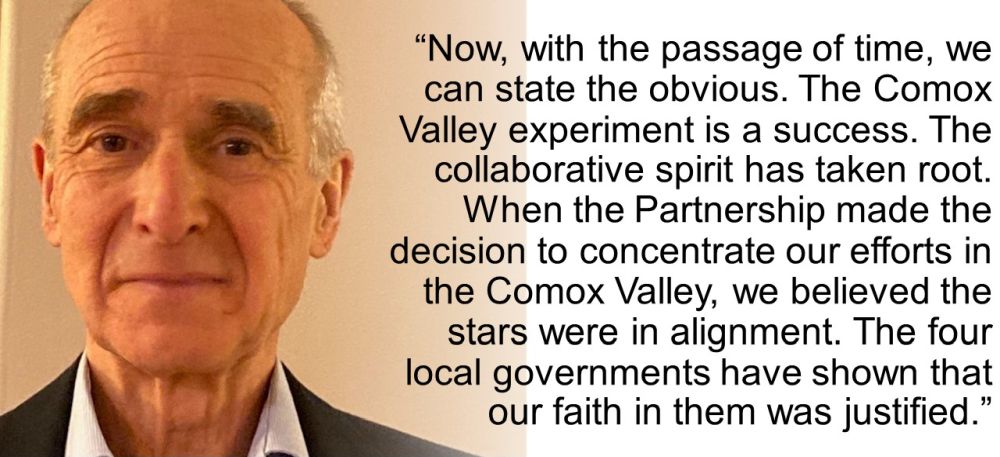
Story of the Comox Valley journey is a legacy resource for local government collaboration
Knowledge is passed on verbally and we learn through stories. This is the big picture context for the Partnership for Water Sustainability initiative in creating this legacy resource. Thus, this story behind the story of the region’s journey through time is the Partnership’s gift to the four Comox Valley local governments.
It is our hope that having this record of their oral history – because that is what it is – will serve to inform and inspire future generations of local government staffs. At the end of the day, there are three takeaway messages from this successful experiment in collaboration.
Message #1 – Each local government has contributed something of value to the big picture
Message #2 – Collaboration is the gift that keeps on giving over time
Message #3 – Understand the WHY!
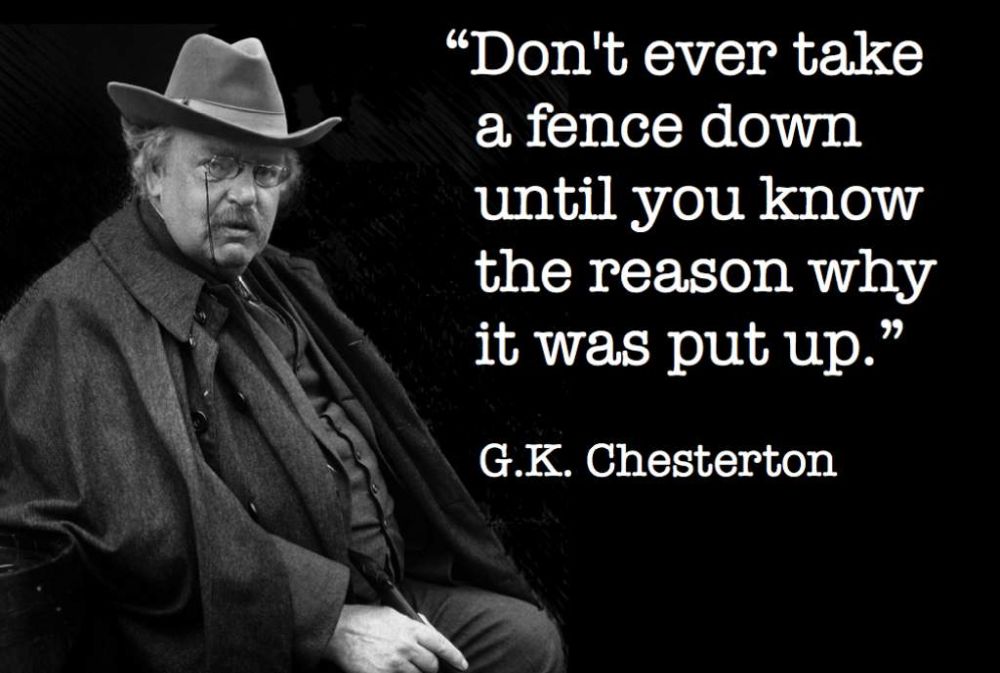
STORY BEHIND THE STORY: Moving Towards Sustainable Service Delivery in the Comox Valley
The Eco-Asset Symposium in 2017 put the Comox Valley on the map. It attracted a capacity crowd of 160 delegates from as far as away as the East Kootenays and many were reluctantly turned away. The symposium was a collaboration of the Comox Valley Conservation Partnership and four local governments and included a public event.
The symposium was the first high-profile event on Vancouver Island, if not British Columbia, to draw attention to Natural Asset Management and the potentially powerful and cost-effective role that ecosystem services can play in an infrastructure strategy. In effect, it served as the springboard to so much that has subsequently unfolded.

|
|
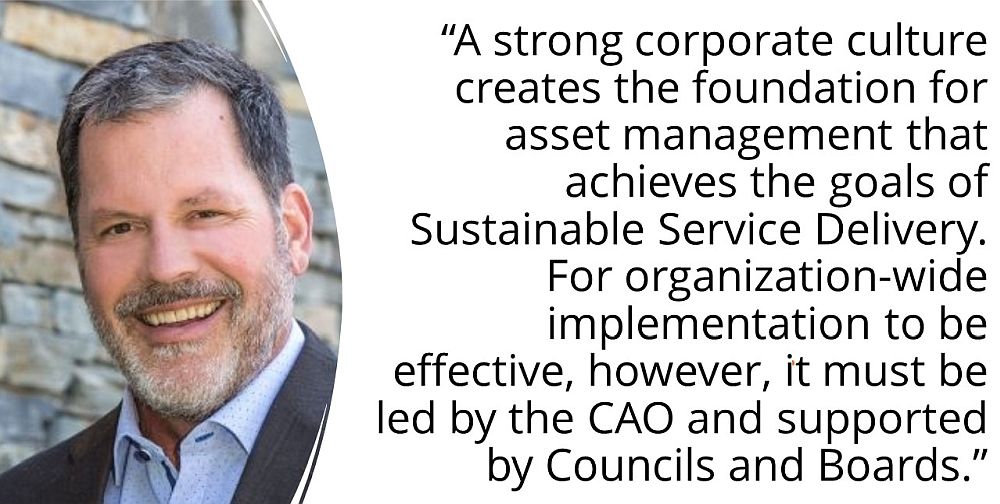
PART ONE: What intergovernmental collaboration looks like in the Comox Valley
“Layered over internal collaboration, there is a spirit of collaboration among the four Comox Valley local governments. And it starts at the top. Amongst the four CAOs, we share a strong desire to work together. Carrying on and fostering that culture of collaboration is something that I think is critical for all of us to move forward,” states Geoff Garbutt.
A resident of the Comox Valley since 2000, Geoff Garbutt joined the City of Courtenay as a planner shortly after. This experience was followed by long-term stints with the Regional District of Nanaimo and the Comox Valley Regional District. He rejoined the City of Courtenay as City Manager in early 2021, succeeding David Allen.
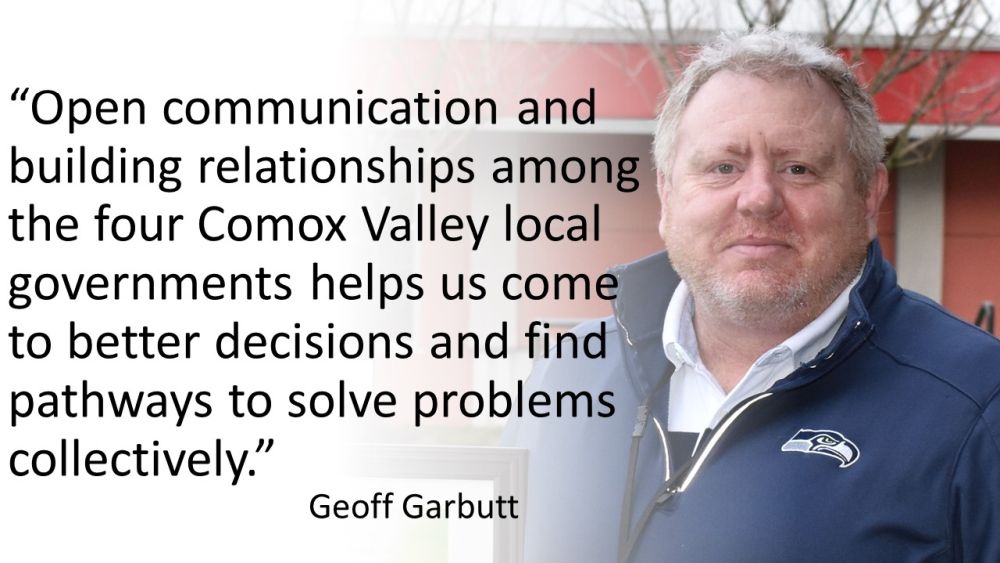
|
|
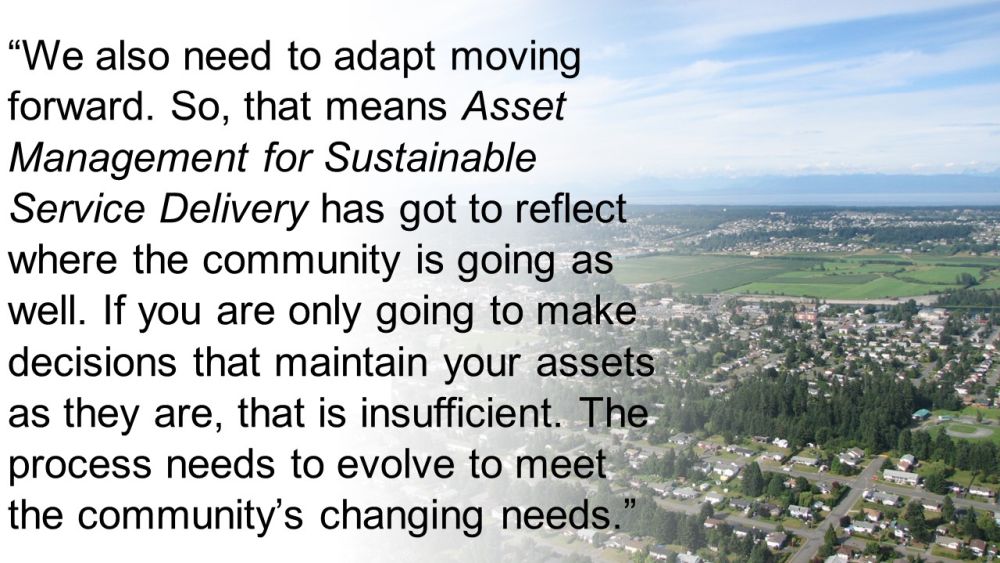
PART TWO: A local government’s water stewardship journey meanders like a creek
“I am a project person. I come from a project background and am used to the stages of a project – from conception through budgeting, procurement, construction, and commissioning. It is a very structured spectrum of activities. There is a defined beginning and end,” states Marc Rutten.
Marc joined the Comox Valley Regional District in 2009 and is the General Manager of Engineering Services.
“But that is not the way it is in the world of water stewardship. It is a bit like a creek. It just meanders all over the place such that you just cannot seem to get things to completion even when the process is a good one. You learn that this is what it means to be on a journey.”
“A journey takes time. That is a big learning, just understanding that it is not a project with a defined beginning and end. It is a journey, and like a creek, it can go in so many different directions.”
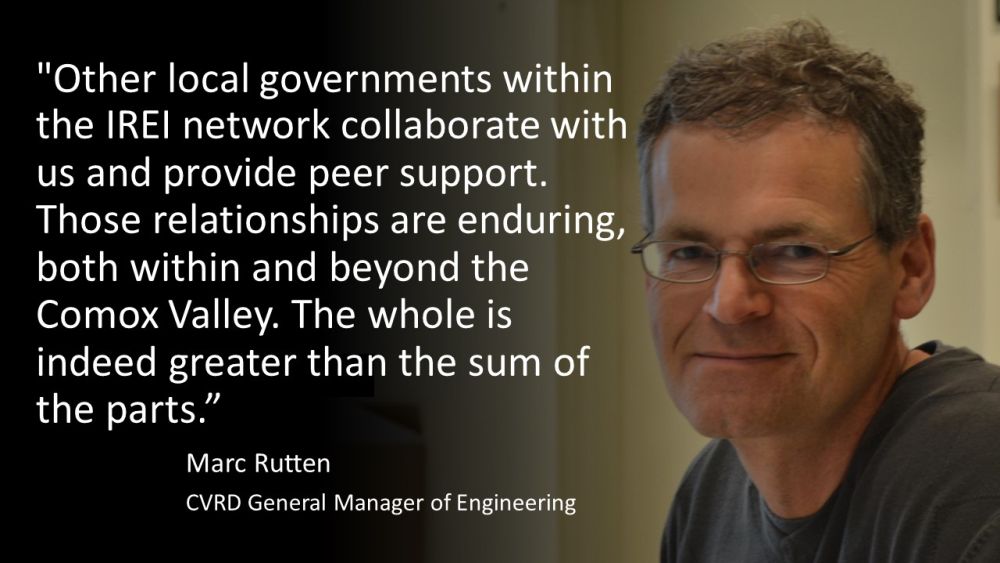
Benefits of inter-regional collaboration
“We no longer meet every month like we used to back in 2009. In years past, CAVI meetings were scheduled in our calendars because sharing sessions with other Comox Valley local governments were ongoing. However, everything we learned is enduring.”
“For example, right now CVRD is doing a watershed stewardship study across the entire regional district to determine whether a watershed stewardship service similar to what is in place for the Nanaimo and Cowichan is something that the Comox Valley community will support.”
“Without the knowledge of what has been done in both the Regional District of Nanaimo and Cowichan Valley Regional District, and the contacts that we have made through the IREI, we might have gone a different way or reinvented the wheel. But we do have these models and these contacts as a result of inter-regional collaboration.”

PART THREE: Working towards the Sustainable Service Delivery goal in the Town of Comox
“Administrators must remember that Council is not making technical decisions. Our job is to help them understand strategic options and impacts. Adding decimal places does not help that understanding at all. Decimals are not needed for strategic decisions,” states Jordan Wall, Town of Comox. He has been Chief Administrative Officer since 2020.
“Our Council will have tough decisions to make. And we are going to have to do our best to help them understand that. Being part of the IREI network makes it that much easier to reach out to other local governments to tap into the experience and wisdom of peers who are also on the sustainable service delivery journey.”
“District of Oak Bay experience, for example, gave us perspective about a process that results in everyone pointing in the right direction strategically.”
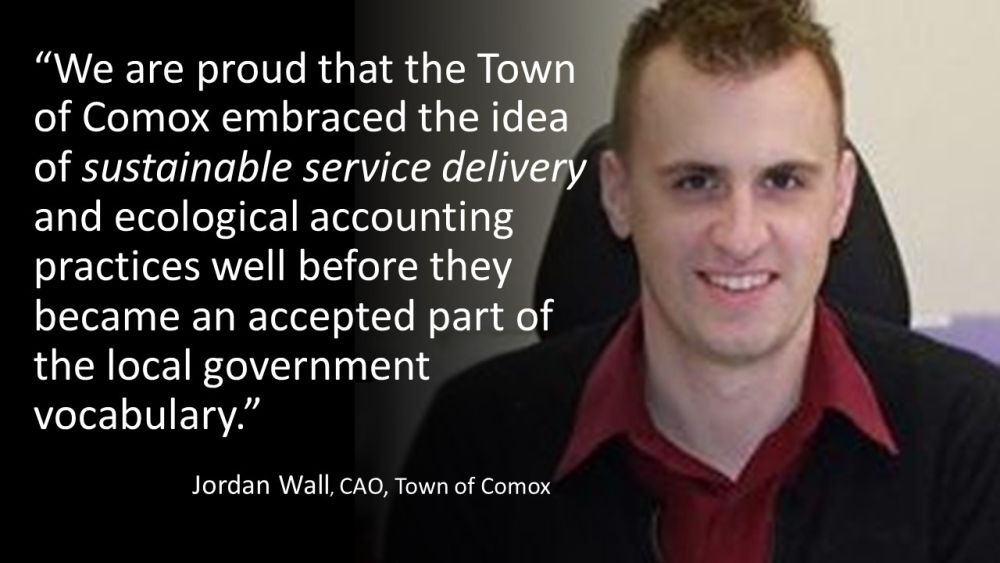
Collaboration and knowing who to contact
“Oak Bay is demonstrating what a difference it makes when municipal staff have clear direction from Council to achieve two outcomes. So, we reached out to Christopher Paine, Oak Bay’s Director of Financial Services, to see what we could learn from Oak Bay experience.”
“Oak Bay’s first objective is to stem the incremental erosion of levels of service in the short-term. Their second objective is to translate an intergenerational perspective into a life-cycle plan of action for perpetual infrastructure renewal.”
“An appealing aspect of what Oak Bay is doing, and Comox can do it too, is to put money in the bank. The advantage of that strategy is that a local government can use the interest earned to pay for the inflationary costs of infrastructure replacement.”

PART FOUR: Perseverance Watershed Initiative in Cumberland is a replicable precedent
Michelle Mason has lived in Cumberland for close to 30 years. She joined the Village in 2009 as Deputy Financial Officer and progressed to Chief Administrative Officer.
“Even though Cumberland is a very different community from what it once was, the one common thread over time is how the community wants to be part of the solution. When people are engaged, they are interested in the oral history of the place,” observes Michelle Mason.
“How people in the community are engaged is the education piece. The more they engage, the more they can be part of the solution because they understand the restrictions that we operate under as local government. It becomes quite a collaborative upbringing you could say.”
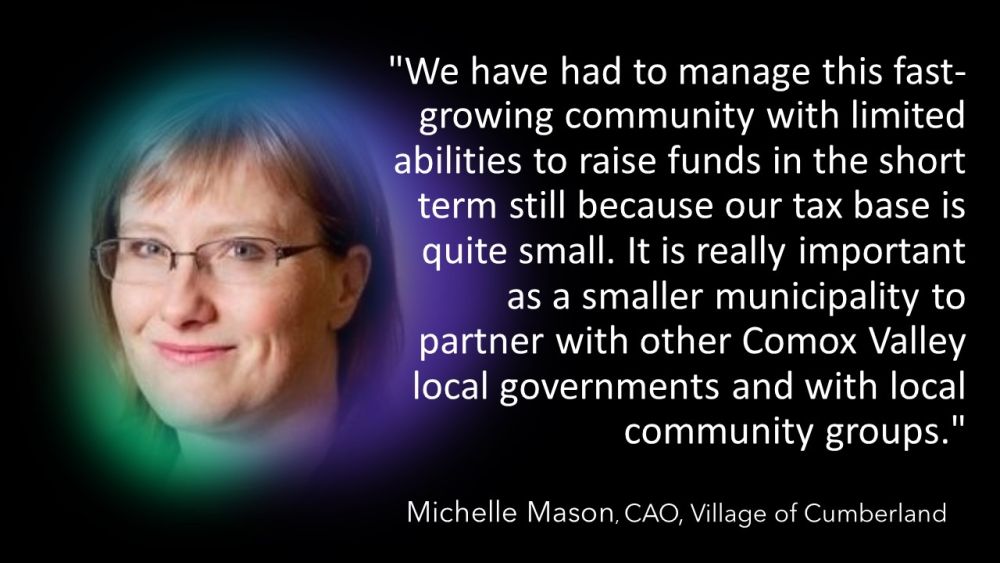
More can be accomplished through a partnership
“The Perseverance Watershed Initiative is a unique partnership between the Village, Cumberland Forest Society and Mosaic Forest Management. It is focused on integrated watershed planning and management in support of long-term sustainability and resilience of the Perseverance Creek watershed. We have also invited K’ómoks First Nation to the table as well because that relationship is super important.”
“We are just in the beginning phases of the initiative. Collaboration on watershed protection is so important because only 25% of the watershed is protected. The other 75% is managed by private timber.”
“PWI has a bigger picture because many other eastern Vancouver Island communities are in a similar situation. And that is, their water source is in a watershed where the land is largely owned by a private forestry company. Hopefully some of the work that we are doing with PWI can inform others.”
In conclusion, the 4Cs are the mantra for a Regional Team Approach: Communication, Cooperation, Collaboration, Coordination

Did you enjoy this article? Would you like a PDF document version? Click on the image below to download your copy.
DOWNLOAD A COPY: https://waterbucket.ca/wcp/wp-content/uploads/sites/6/2023/05/PWSBC_Living-Water-Smart_trust-is-currency-of-collaboration_2023.pdf
About the Partnership for Water Sustainability in BC
Technical knowledge alone is not enough to resolve water challenges facing BC. Making things happen in the real world requires an appreciation and understanding of human behaviour, combined with a knowledge of how decisions are made. It takes a career to figure this out.
The Partnership has a primary goal, to build bridges of understanding and pass the baton from the past to the present and future. To achieve the goal, the Partnership is growing a network in the local government setting. This network embraces collaborative leadership and inter-generational collaboration.
TO LEARN MORE, VISIT: https://waterbucket.ca/about-us/


